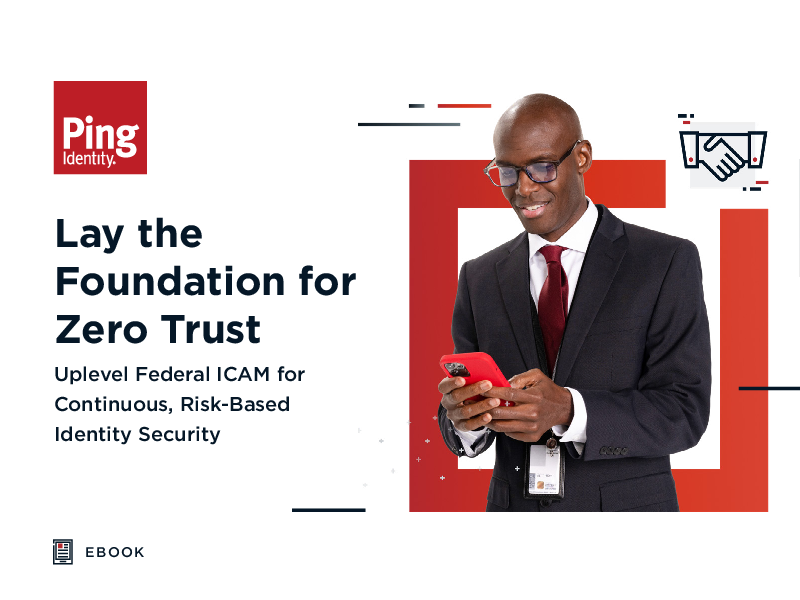Lay the Foundation for Zero Trust
"Trust no one, Suspect Everyone"
Identity is a crucial first step towards building a Zero Trust architecture. After all, you can’t trust what you can’t identify. With an established identity control plane you can define access policies and protect your important resources.
Security pros increasingly are adhering to the zero trust model,2 which is based on the philosophy that there should be no implicit trust in a corporate network. As users and devices go mobile and apps move to the cloud, leading enterprises now build networks on the assumption that anyone could be on the network at any time, and they deny open access to corporate resources residing inside those networks.
The old paradigm of a perimeter-based security approach is being replaced by a new one based on zero trust—and it’s a zero trust model with identity at its core.
Continue reading to learn more about:
The use cases that elevated Zero Trust from a “nice to have” to a “must have”
The infrastructure challenges standing in the way of many organizations’ Zero Trust implementations
How to overcome these challenges to lay the foundation for Zero Trust—without ripping and replacing

Доставчик: Ping Identity Corporation | Размер: 1 МБ | Език: Английски
